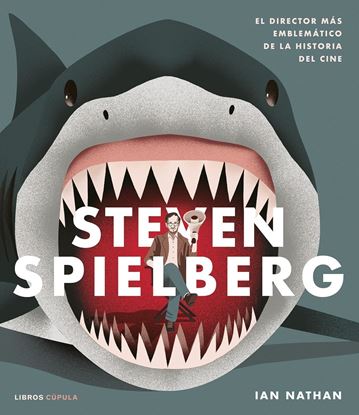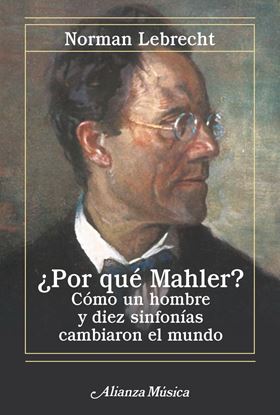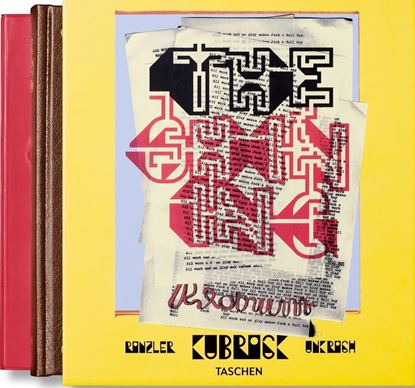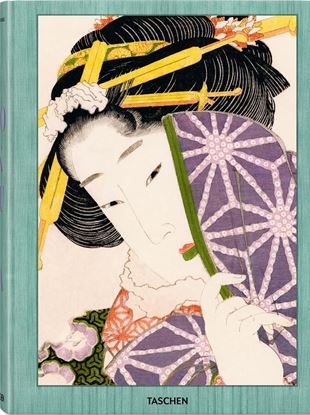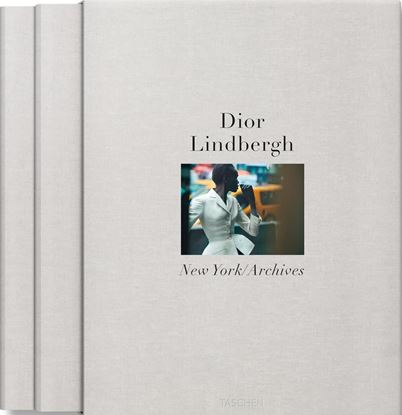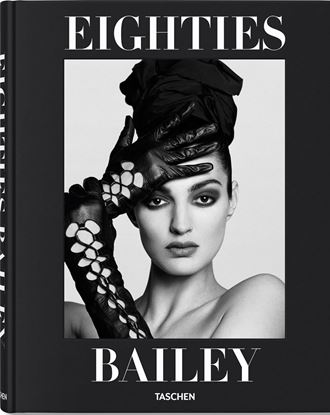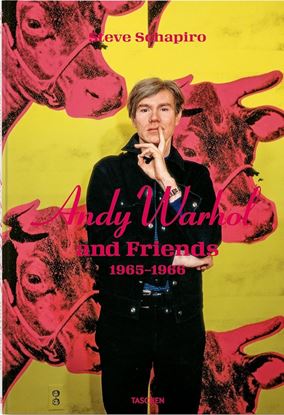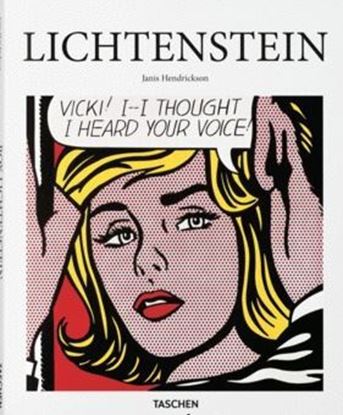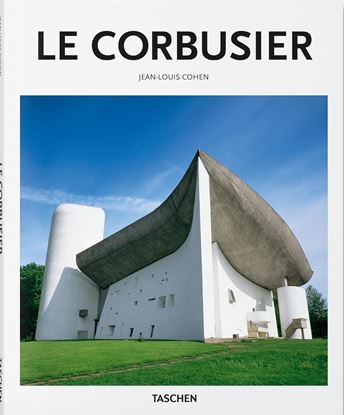

STEVEN SPIELBERG
Las películas de Spielberg son célebres y han cautivado a millones de espectadores por la forma en que combinan el aspecto comercial con la profundidad creativa del director. A menudo sus filmes ocultan un cierto trasfondo oscuro que se complementa con su maestría para entrelazar historias extraordinarias con los aspectos más mundanos de la vida. Y es
que hasta Indiana Jones tiene un lado vulnerable y humano.
2,200
POR QUE MAHLER?
Más de un siglo después de su muerte, Gustav Mahler es el compositor más importante de los tiempos modernos. ¿Por qué Mahler? ¿Por qué su música nos afecta tanto? ¿Por qué un músico judío «tres veces apátrida» expresa tan cabalmente las añoranzas y ansiedades de nuestra sociedad postindustrial?
Después de situar la relevancia actual de Mahler, Norman Lebrecht presenta un apasionante relato de su vida y su tiempo y, por último, ofrece al lector una guía segura que le orienta entre las numerosas interpretaciones de Mahler. Ameno y cargado de erudición, biografía y narración de un viaje al mismo tiempo, el presente libro es una exploración del papel que la música de Mahler desempeña como banda sonora de nuestro mundo.
1,500
EL ESTANDAR DE HOLLYWOOD
Pensado para que el guionista lo tenga siempre a mano, El estándar de Hollywood proporciona mucho más que el mejor software de guiones: instrucciones claras y cientos de ejemplos para resolver todo interrogante sobre el formato: cuándo es apropiado un nuevo encabezamiento de plano y cuándo no; cómo dar formato a los encabezamientos de plano, diálogos, indicaciones de dirección y transiciones; cómo controlar el ritmo con el formato; cómo hacer que una página de guion resulte visualmente atractiva para el lector; qué poner en mayúsculas y por qué; cómo entrar y salir de una toma PDV; cómo manejar los mensajes de texto y las reuniones Zoom; cómo los guionistas más innovadores de Hollywood están ampliando los límites del formato; cómo el formato para animación difiere de los formatos de acción real... En pocas palabras, Riley sabe más que nadie en Hollywood sobre el formato de guiones y lo comparte todo en esta guía indispensable.
1,600
STANLEY KUBRICK'S THE SHINING (INT)
Equally a study of the intricate mechanics of Kubrick’s genius as an in-depth look at the making of a visual masterpiece, Stanley Kubrick’s The Shining gathers hundreds of hours of exclusive new interviews with the cast and crew in an unprecedented look at the 1980 cult classic. Slip in through the back door of The Overlook Hotel to witness Kubrick’s endless rounds of script rewrites, his revolutionary use of the Steadicam, the mechanics behind the infamous blood elevator, the mysterious mid-filming fire at Elstree Studios, and the countless takes needed to satisfy the meticulous force that was Kubrick.
5,995
XL-HOKUSAI-INT
At the age of six, Hokusai was said to have painted his first picture, and a year after his death aged 89, his designs for illustrated books were posthumously published. Tracing a long, prolific career, this edition spans each of the artist’s creative phases: from the actor portraits with which Hokusai started out to the 1,300 designs carried out in his final years under the name Manji.Reproducing 746 woodblock prints, paintings, sketches, and book illustrations, many of them in granular detail, this volume is comfortably the most complete publication on perhaps Japan’s most famous artist. Hokusai’s wide appeal as the recognizable figure of Japan’s Edo period endures to this day: in March 2023, a version of his iconic woodblock print Under the Wave off Kanagawa (or The Great Wave), from his series Thirty-six Views of Mount Fuji, was auctioned for 2.76 million US dollars.
13,500
LINDBERGH, DIOR (XL) (INT)
Peter Lindbergh photographed DIOR’s most exceptional muses, Marion Cotillard and Charlize Theron among them, and signed campaigns for Lady Dior and J'Adore with his inimitable style. Throughout his career, the photographer was one of the House’s closest collaborators. This final book was an original co-creation that was close to the artist’s heart—and to ours.
14,500
DAVID BAILEY. EIGHTIES
In the 1980, fashion wanted to make a statement and found in legendary British fashion photographer David Bailey its perfect chronicler. After Bailey shaped the style of the Swinging Sixties, fashion in the eighties posed a new challenge: brighter colours, higher glamour, statuesque models, extreme makeup, spandex, lycra, jumpsuits, power dressing, big hair, and as Grace Coddington puts it in her introduction, “jackets with padded shoulders over the shortest mini-skirts and dangerously high-heeled shoes.”
7,995
ANDY WARHOL AND FRIENDS
In 1965, Steve Schapiro started documenting Andy Warhol for LIFE magazine: Warhol was cementing a reputation as an important Pop artist who drew his inspiration from popular culture and commercial objects. With his sunglasses, blond wig, and bland public utterances, Warhol was enigmatic, charismatic, intensely ambitious, and aware that to become a star, you needed the presence of people to document your ascent. Schapiro, also ambitious and hardworking, who in his own words “kept quiet and smiled a lot,” was an ideal witness to Warhol’s relentless rise from cult New York artist to 20th-century icon. Ironically, LIFE never published the story, so many of these images are seen here for the first time, scanned from negatives found deep in Schapiro’s archive.
4,995
LICHTENSTEIN (ES)
The American painter Roy Lichtenstein (1923-1997) sparked an artistic renewal in his country when he burst onto the scene dominated by Abstract Expressionism in New York in the late 1950s, defining a new creative language for a new era. With his innovative use of industrial production techniques and mundane, everyday imagery, such as cartoons, comic strips, and advertising, Lichtenstein joined contemporary artists such as Andy Warhol and James Rosenquist in portraying and satirizing American media and consumer culture.
1,350
LE CORBUSIER (BA) (GB)
Born Charles-Édouard Jeanneret, Le Corbusier (1887–1965) is widely acclaimed as the most influential architect of the 20th century. From private villas to mass social housing projects, his radical ideas, designs, and writings presented a whole-scale reinvention not only of individual structures, but of entire concepts of modern living.
1,350

